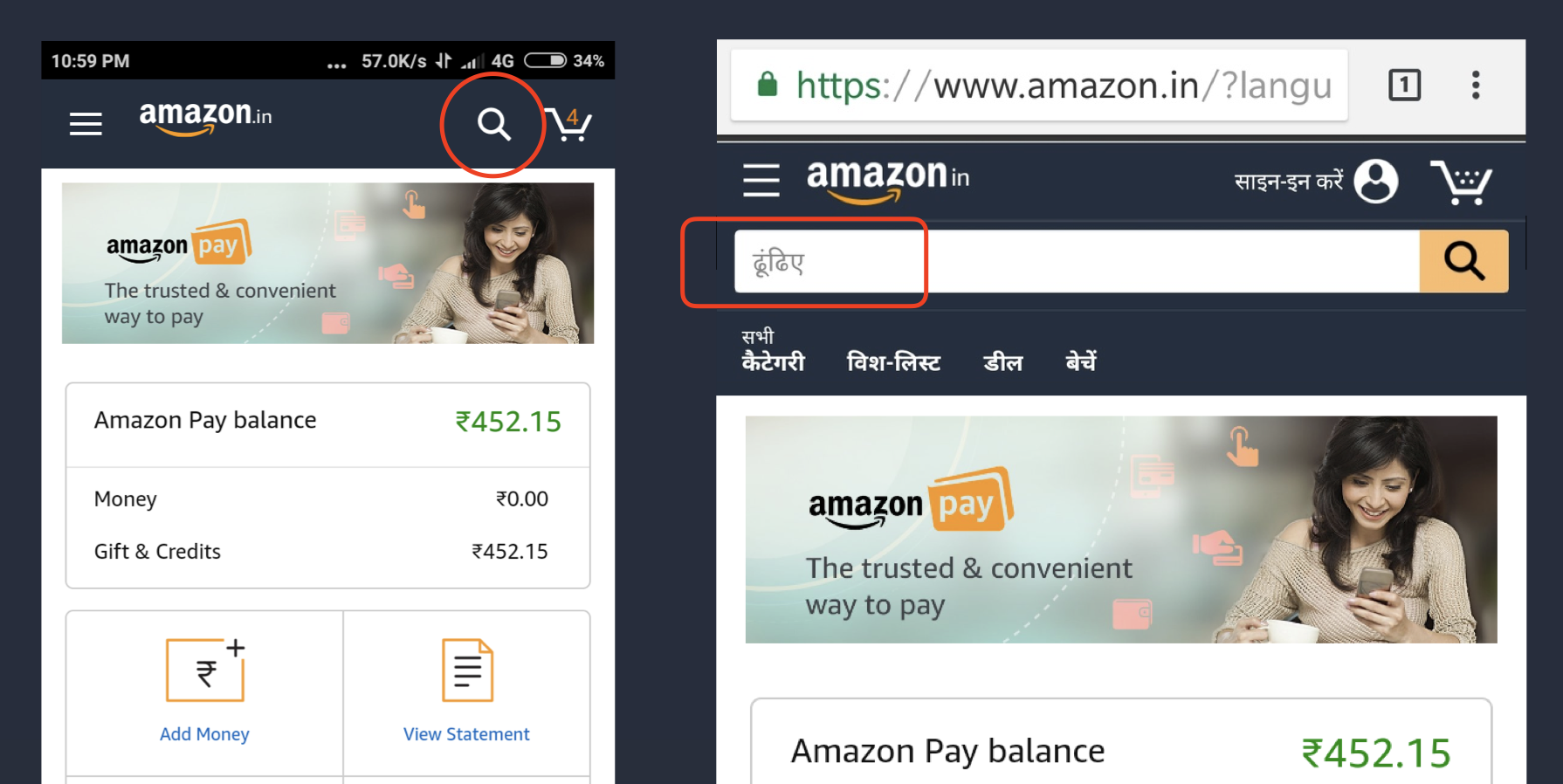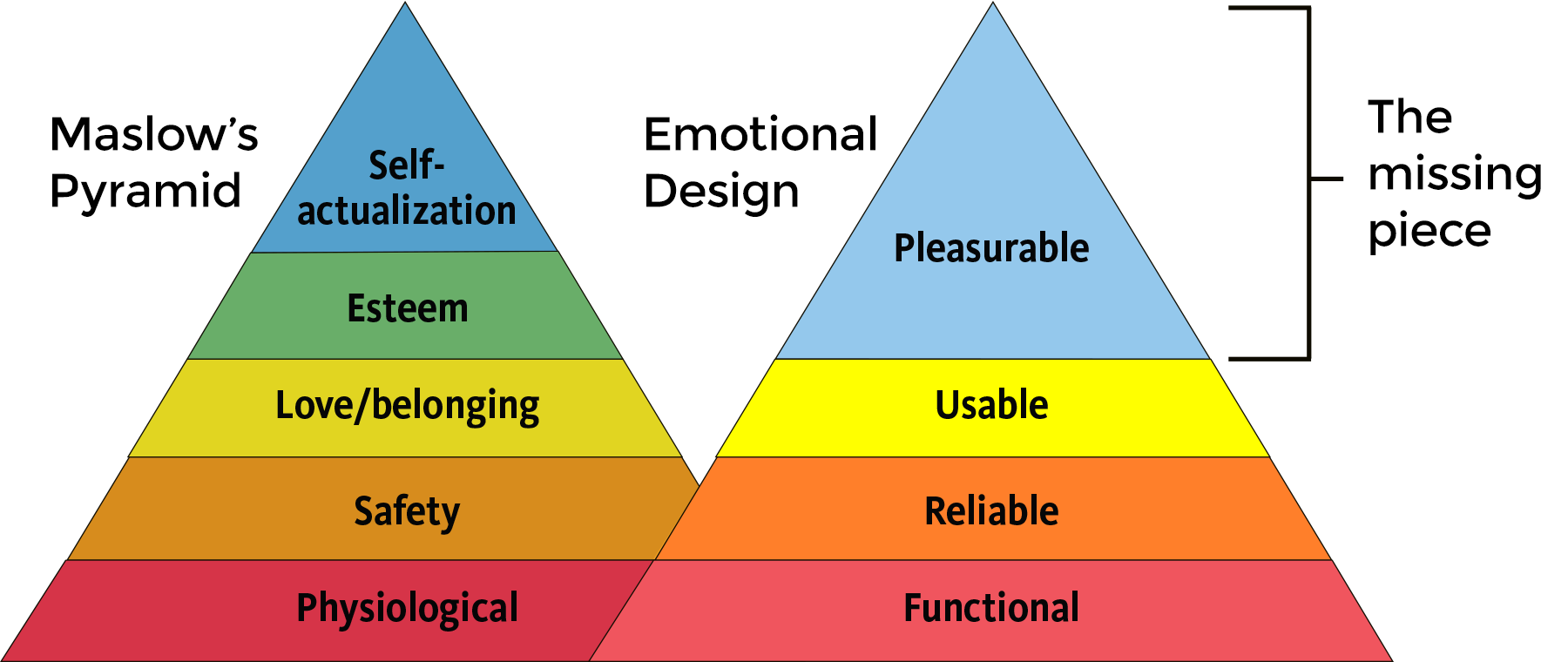Diversity and inclusion are both aspects that have been seeing gradual introduction in the physical as well as digital world. With companies and brands being called out for being non-inclusive every now and then, it has become quite a slippery slope to be non compliant to the overall ethics of inclusion, as one cannot possibly serve their customers without listening to them, or worse, not including a good percentage of them. Hence, since design is something that we interact with on a daily basis, it cannot be left out of the inclusion debate.
Noted author Senongo Akpem who wrote the book Cross Cultural Design described that while he was living in Tokyo as a student, he faced quite an issue while arranging himself a ticket in one of the metro stations, the language barrier, flashing lights and innumerable buttons and maps leaving him dumbfounded . Eventually after observing what his fellow passengers were doing, he did manage to work through the ticket vending machine. But in the process he also realised that the whole ordeal could have been much simpler had the design been globally penetrable for the Cosmopolitan crowd living in Tokyo.
Dimensions of cross cultural design psychology
Alfonsus Trompenaars, a Dutch theorist, developed the concept of ‘The seven dimensions of Culture' as mentioned in his book 'Riding the waves of Culture', after conducting interviews with over 46,000 managers in over 40 countries. The 7 dimensions are different qualities of culture distinguished not just by language but also several other factors.
- Universalism vs Particularism, ie, whether the people of a particular region believe rules and laws, or are of the belief that the world is circumstantial?
- Individualism vs. communitarianism, ie, do people in the region believe in personal freedom, or do they believe in living as a community? In terms of design, this would translate to whether the people of a particular region responded well to an authoritative language and an aggressive colour palette, or rather be offended by it?
- Specific vs. diffuse, ie, are the work and personal lives of the people intermingled are these isolated?
- Neutral vs. emotional, ie, do the people go the extra mile to be expressive with their emotions, do they always exercise self control?
- Achievements vs. ascription, ie, are these people valued proportionately for what they do for who they are?
- Sequential time vs. synchronous time, ie, is the crowd more comfortable with events occurring in a sequential, methodical manner, or do these people believe in an interwoven continuum of the past present and future?
- And lastly internal direction vs. outer direction. Does the culture happen to be influenced by nature or nurture?
These dimensions define the very mentalities of several diverse local groups, which is essential knowledge for designers who take up the charge to design products for these people. These also vary in intensity throughout different countries due to their respective local practices.
Why is cross cultural design important?
“People ignore designs that ignore people”
– Frank Chimero, Ramona, Business Analyst at Nexstream SDN BHD
A famous case study in the field of marketing is Chevrolet’s Nova. When it was launched in Latin America, the car was quite a failure owing to the fact that most of the Spanish speaking population in Mexico translated Nova to ‘it doesn’t go’. Subsequently, when the name of the car was changed, the sales surprisingly gained momentum!
A similar notion took off in India when Amazon displayed lack of cultural insight and comprehensive research on User Experience when they realised that Indians weren’t using the search icon to skim through the products from the homepage of the mobile site, which coincidentally happened to be one of their primary drivers of revenue. Upon examination, they realised that the magnifying glass they were using to denote a search bar wasn’t a familiar entity to the Indian audience, rather most of the people thought that it was a ping pong ball! Amazon solved that issue by adding the text ‘search’ beside the magnifying glass in order to be more relatable to the users.

Facebook went ahead to even mirror their homepage for the Arabic regions of the world to resonate with their culture and script, hence bringing personalisation to the table.

Along with cultural discrepancies designers also have to take into account the text in different languages ie, text expansion. Working with different languages like English, Japanese and Hindi for the same piece of text will result in different layouts and space taken. Along similar lines, imagery used in a culture might not be appropriate or be as effective in another region.
These cross cultural design examples sum up well why there needs to be a diverse context to design. It also resonates with the theory of web accessibility, where each human is deemed important enough to be able to use the web as conveniently as their peers. Inclusion isn't just an adoration on the medal tally of social welfare, it must be realised that it is more of a basic necessity that is as essential as a civic amenity to various cultural groups who are still struggling to find adequate representation on the global stage.
Creating Inclusive designs
Cultural Immersion
The foundational base for designing for different cultures is intensive and exhaustive user research, which branches out to qualitative and quantitative dimensions. In quantitative research, the base material is interviews, ethnic studies, contextual observations etc. If the designer wants to dig even deeper into the local customs and behaviours of the people it is best to undergo qualitative research as well. It is a simple assessment of people's behaviour, drawn by observation. A good way to do qualitative user research would be trying to understand what the people of a particular region do in their natural environment, and what kind of products would be relevant to the observed lifestyle.
Questioning prior assumptions
Due to lack of proper representation beforehand, there might be a lot of stereotypes that you've been fed and also subconsciously believed. The worst thing while trying to incorporate cross cultural design is to take an assumption for a fact. The best way to go about it is to formally document your assumptions and share those with you are other stakeholders, however uncomfortable these conversations might be. Create a list of questions that dig deeper into each facet of user behaviour emanating from these broken assumptions, and there, you have your design blueprint ready. You can also go ahead and place all the observations from these discussions and into a document that everyone can access, giving each team member a bunch of concepts to begin their exploration with.
Emotional Responses
Designing with respect to the emotional response evoked by the product is yet another popular method used as the foundation of establishing the 'experience' of UX. This is how UX designers are different from UI designers, as it's not just the interface or the front end of the product that they're concerned with. They also deal directly with each experience and emotion their designed products and services generate, and grow on the related observation.
American psychologist Abraham Maslow defined his theory of the hierarchy of needs in the form of a pyramid, wherein each level signified a certain psychological and emotional need of humans. This is how design corresponds to this pyramid.

As the digital sphere turns interactive, we begin to project our own emotions and tendencies into these inanimate objects, expecting them to listen to us, thus forming a relationship of sorts with them. The designs that we come across aren't just passive decorations anymore, these hold the capacity to make us feel engaged and involved with our ecosystem. Due to this it becomes even more important for these interactive designs to be something that we are both familiar with and are comforted by.
Creating an inclusive toolkit
As a designer, many a time you will realise that your design tools don't offer full support of certain fonts or characters for some languages. It is up to you to carefully analyse what these languages are, and whether you are going to use those in the impending project. Another thing to analyse beforehand is your cross-cultural design workflow during the early stages of design, as a lot of changes take place in the process and the products when the underlying methodology goes through change.
Also see to it that the foreign language fonts work well across devices and not just on the desktop, else the idea of being globally accessible goes for a toss.
Personalising the UI
Mozilla Firefox realised how important personalising the UI for different cultures was by customising their landing pages according to the individualism and community dynamic of design. While creating one for the US, the design chosen was simple, clear cut, and direct, as it is an individualistic society with people doing what they individually want irrespective of how the community of the state guides them. In comparison, the landing page created for China was full of information placed in different banners, news displays and ads, as it is more of a communitarian society with people being highly concerned with what other people are doing, or in this case, reading.
Here's how different the pages for both the countries looked.

Localising Marketing Copies
One thing that the Chevrolet Nova example teaches us is that marketing, along with names, of course, must be localised and should use terminology that is commonly spoken throughout the targeted region. Even translation softwares cannot be completely relied on as some words become rather absurd when literally translated. Hence, there is nothing that can replace consulting a local copywriter, or at least a person who resides in the said area.
Prioritising flexibility
Creating designs in a collaborative manner will sure lead to cross cultural dynamics being represented. But to sustain this idea, the designs should be flexible - something that can be iterated on, tested and even altered at a later stage.
Access our comprehensive guides on web design, ethical design, design considerations for accessibility, cognitive accessibility, and impact of diverse teams on digital innovation to explore more on ethics in design.
Talking of market returns
Being inclusive and mindful of your audience's needs and expectations pays off in more ways than one. Just like there's a business case for web accessibility apart from the welfare aspect, there is sufficient commercial ROI (Return On Investment) when it comes to cross cultural design as well. It is common knowledge that when ads and websites are personalized, the lead to user conversion rate increases. When multinational brands that have a global presence, like Netflix or IKEA, have been working through specialised teams to create a cross-cultural design environment that makes their users in different regions adopt and stick to the services they offer, it only makes sense for the rest of us to start thinking in a similar direction and follow their lead.
Subscribe
Related Blogs
UX Best Practices for Website Integrations

Website Integrations determine whether users stay engaged or abandon a site. I experienced this firsthand with a delivery…
How design thinking acts as a problem solving strategy?

The concept of design thinking is gaining popularity these days since people across different industries are using it as a…
10 major challenges that come across during an agile transformation

It’s no longer a mystery that agile was created as a response to the various concerns that the traditional waterfall…




